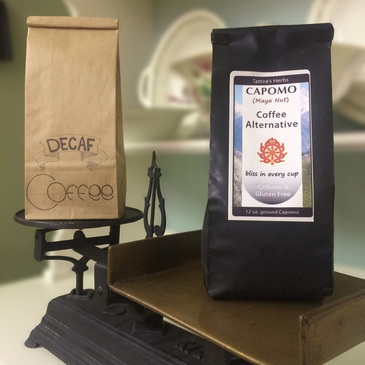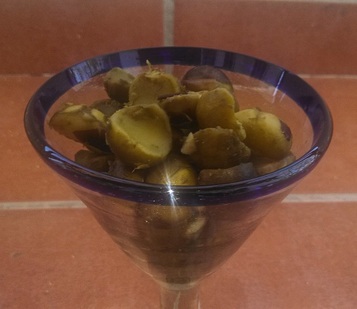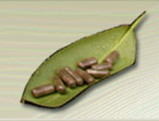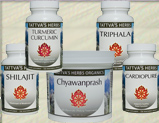 Loading... Please wait...
Loading... Please wait...Providing 25 Years Of Premium Service
Storewide Sale - Save 20%
SUPERFOOD CAPOMO ON THE SCALES OF NUTRIENT DENSITY
Posted on 10th Apr 2015
Ask not how many calories are in your food; ask how many nutrients are in your calories. Within the parameters of this question, live the scales for weighing the unregulated word, "Superfood."

With relentless reminders that too many calories are to blame for our obesity epidemic, we often forget that calories are simply a unit of measurement for food energy. Calories are the macronutrients of the diet; made up of fats, protein and carbohydrates. Vitamin and mineral micronutrients are the true heavy-weights, the vital components of the macronutrient lacking in what is termed the Empty Calorie.
Empty calories are carbohydrates and fats, void of nutritional value, and theirs is the leading role in over-consumption leading to obesity, lethargy and disease. With these parameters in mind, we can say, a Superfood is a food whose macronutrients abound with the weight of their micronutrients, and to this definition, our humble Capomo (Maya Nut) stands up strong and proud.
Now for the math:

With 395 calories per 100 grams of Capomo, carbohydrates make up 88% of those calories. Fiber accounts for 6% of these carbohydrate calories, lowering the glycemic index, or the rate at which the blood absorbs broken down sugars, thus decreeing Capomo a complex carbohydrate. All 9 essential amino acids plus 10 more make up 11% of Capomo's calories in protein, and fat comprises the last 1%. Within these macronutrients are the following micronutrients, in order of nutrient density; potassium, magnesium, calcium, phosphorus, niacin, zinc, iron, vitamin C, pantothenic acid, copper, manganese, vitamin b6, thiamine, riboflavin, selenium, and vitamin A.
Many thanks to Mary at Summerville Antique Gallery for the use of her beautiful cast iron kitchen scale.















